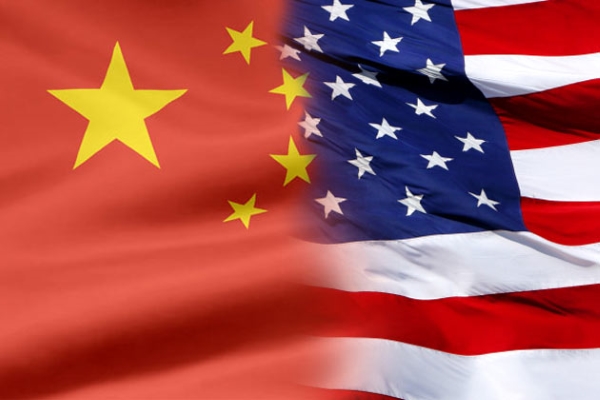
The opportunities in China for quality US pharmaceuticals is expanding amid ongoing concerns over counterfeit and sub-standard Chinese medicines, a new report claims.
According to a report from the US-China Economic and Security Review Commission, “some foreign consumer goods are preferred in China due to a reputation for quality or safety”.
The report notes that just 4 per cent of US medicines are currently exported to China, which is the second largest pharmaceutical market globally. Yet US pharmaceutical products are the US’ second-largest consumer goods export to the Asian country, behind cell phones and household goods, with a market value worth $2.2bn in 2016 – which represents an increase of 438 per cent over the 2007 market value of $402m.
China’s ageing population and growing incidence of chronic health conditions is one factor likely to drive increasing demand for US pharmaceutical products in the coming years, the report says.
Another reason is based on China’s reputation as “a prolific source of counterfeit and defective medicine”.
“China has been a key producer of counterfeit drugs for more than a decade,” the report says, highlighting the 2012 scandal when Chinese authorities seized 77 million domestically produced gel capsules produced from industrial waste and containing excessive levels of cadmium. It also pointed to the large number of fake drugs seized at the US border that originate from China. “Chinese consumers may prefer US pharmaceutical products due to concerns over the quality of domestic drugs… quality concerns may boost US pharmaceutical sales to China,” the report says.
A 2016 US Department of Commerce case study on China, cited in the report, also points to this, saying: “Although patients predominantly pay out-of-pocket for medicine, they often ask for foreign brand products, partly due to perceptions of superior manufacturing quality.”
However, the Commission report notes that the current intellectual property landscape in China could be an issue for US pharma firms. Under Chinese law, a company cannot bring a patent infringement case against a patent violator until the violator has launched its product on the market, the report says. “As a result, a US drug company must allow a patent violator to enter the market before it can take action.”
Injunctions to prevent patent abuse during litigation are rarely granted in pharmaceutical cases, while damages awarded by Chinese patent courts are often insufficient to recover lost revenue in the pharmaceutical sector or to prevent infringement, the report adds. Furthermore, there are issues with a large backlog of regulatory approval applications in China, creating a barrier to market access.
The US Department of Commerce case study also highlights broader issues around access to the Chinese market. “IP violations, counterfeit medicines, price controls and a lack of transparency remain some of the most commonly cited barriers to better penetration of the Chinese market,” it says.
The case study notes that according to industry estimates, annual revenue losses to US pharmaceutical companies due to counterfeit products in China run between 10 per cent and 15 per cent of the market, although the percentage could be higher.
While China has stepped up its enforcement of counterfeit medicines there are still shortcomings, the Department of Commerce states. “The production, distribution and sale of counterfeit medicines and unregulated active pharmaceutical ingredients (APIs) will continue to pose a threat to its trading partners for the foreseeable future.”
©
SecuringIndustry.com
 | back to top
| back to top






